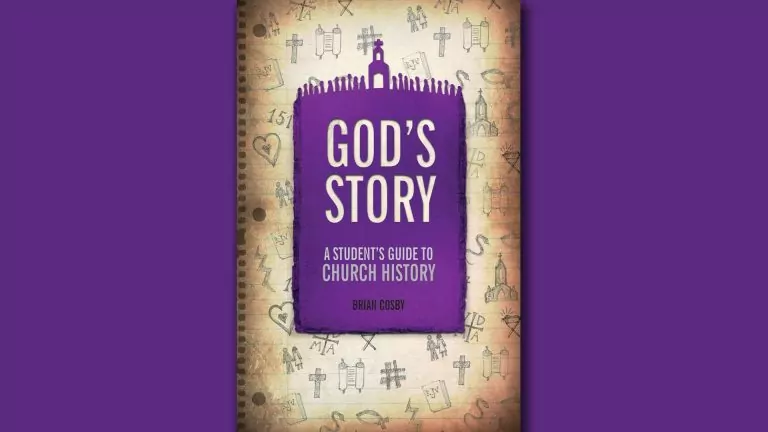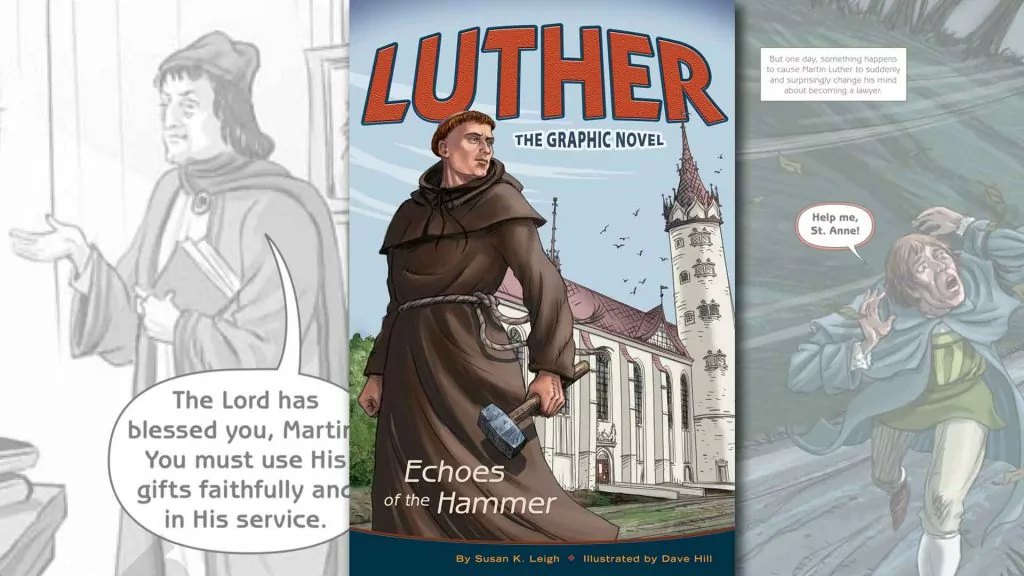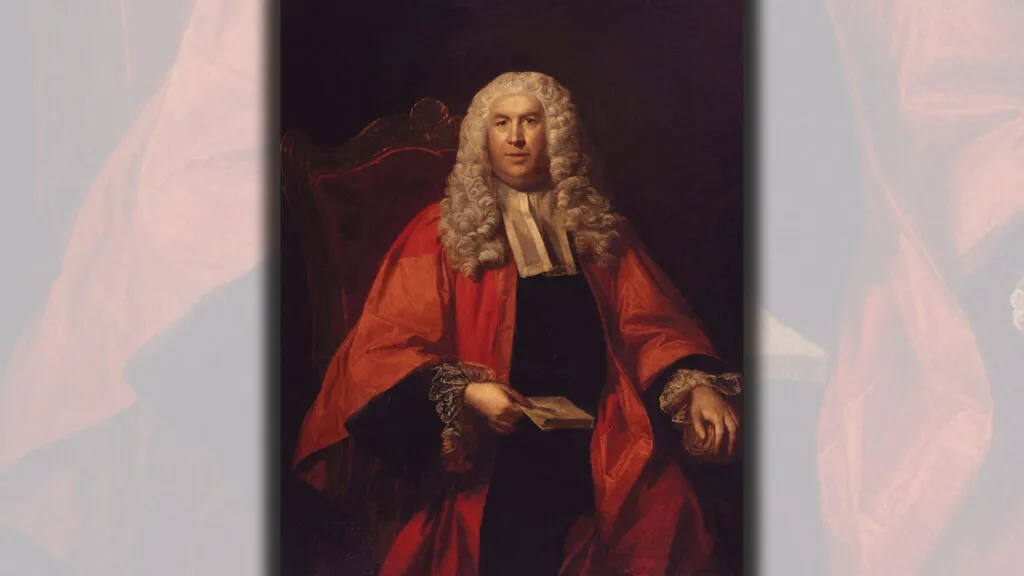by Brian Cosby
144 pages / 2014
This small book is an introduction to Church history written for students at the high school level. The author is the pastor of a conservative Presbyterian church in Tennessee and thus the book is written from a position that strongly favors Reformed theology.
Not everything could be fit in between the covers – Dutch Reformed history is largely skipped over, and some significant documents such as the Belgic Confession, Heidelberg Catechism, and the Solemn League and Covenant fail to get even a mention. Nevertheless, considering the brevity of the book, it does a remarkable job of covering major events and issues.
There is also an emphasis on how the church today has benefited from the faithful efforts of past Christians. For example, after describing the struggle against powerful heresies in the early centuries of the church Cosby writes:
We, today, often take for granted the doctrine of the Trinity as it is so nicely defined and articulated (e.g. Nicene Creed). But this came at a price – the defense of biblical doctrine against a raging set of heretical views. We stand on the shoulders of these men who have given the church a rich heritage of theology, faith, and passion for truth.
Of course, attention is paid to the growth of the papacy and gradual corruption of doctrine, the rise of Islam, and the split between the Roman Catholic Church and the Eastern Orthodox Church in 1054. Interestingly, when Islam conquered the city of Constantinople in 1453, Eastern Orthodox scholars headed to Western Europe, bringing with them Greek New Testament manuscripts.
In his chapter on the Continental Reformation, Cosby refers to John Calvin as “arguably the greatest and most significant theologian in church history.”
One of the most helpful aspects of the book is its analysis of the nineteenth century and how four particular movements originating in that century continue to plague the church today:
- extra-biblical revivalism
- liberalism
- cults, and
- evolution
Under the category of extra-biblical revivalism, Cosby includes doctrinal currents such as the views of the influential evangelist Charles Finney (who had a defective doctrine of original sin) and a new method of interpretation called Dispensationalism, which became dominant among evangelicals in the early twentieth century. Dispensationalism is the source of the popular concept of the “rapture.”
The nineteenth-century also witnessed the development of liberal theology. The liberal heresy had a destructive impact throughout the West, starting early in the twentieth century. As for cults, both the Mormon and Jehovah’s Witness heresies were invented in the US during the 1800s. And, of course, the theory of evolution spread like wildfire throughout the West following the publication of Charles Darwin’s book The Origin of Species in 1859.
In sum, this is a short but effective introduction to church history and the developments that have set the stage for our circumstances today.












